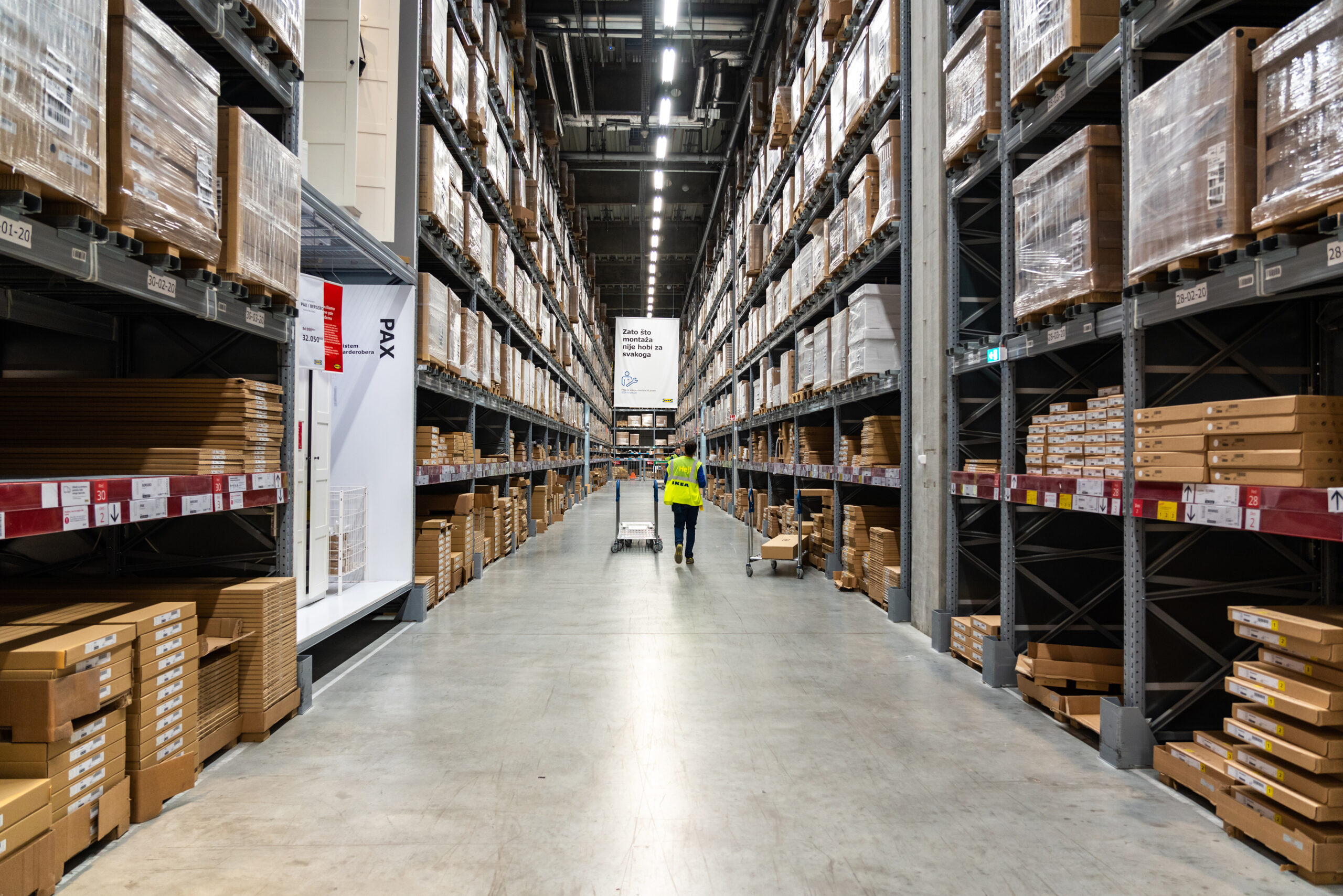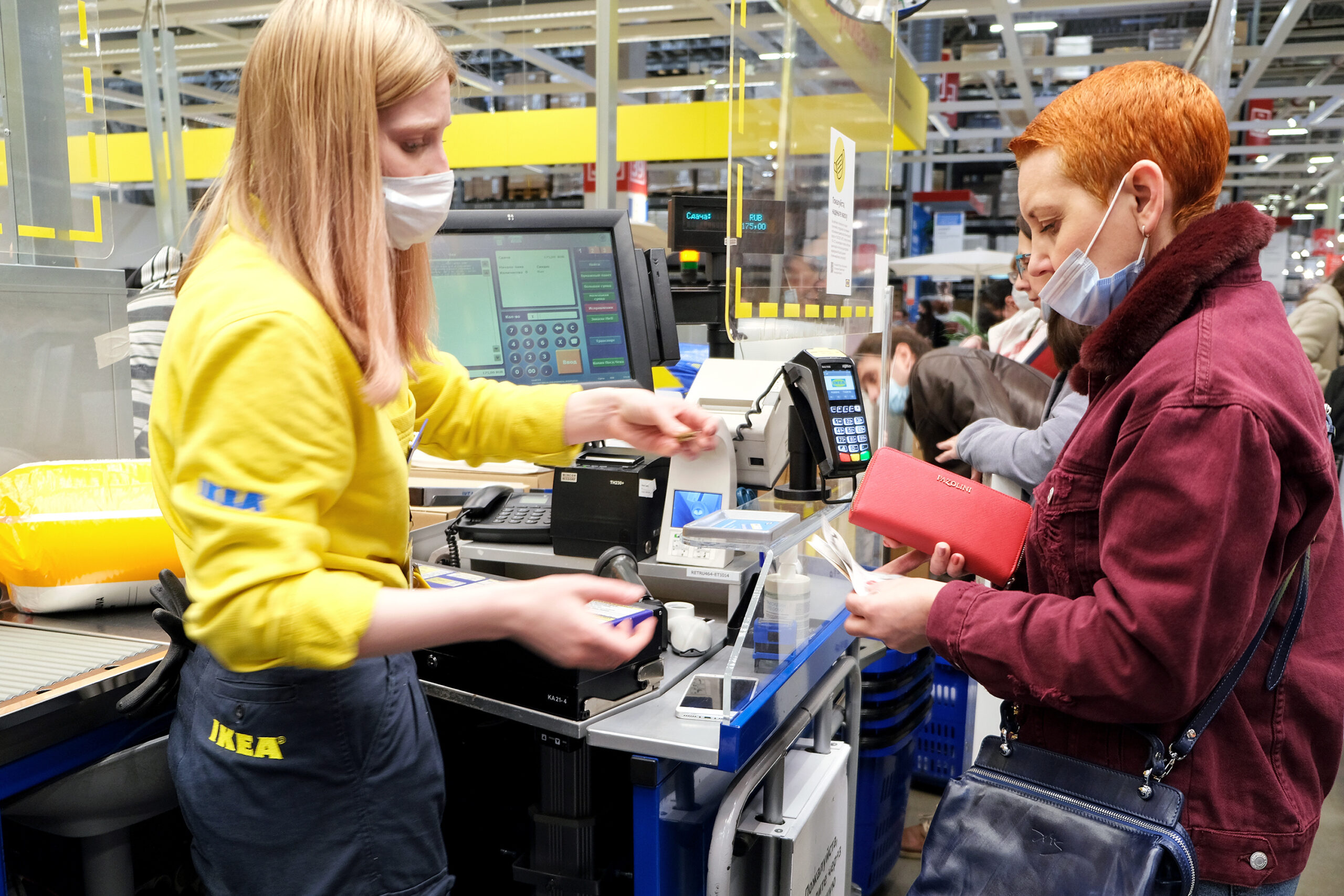Research Collaborations
Research Collaborations

Research Collaborations
Introduction
The Shift Project has been working with IKEA to learn about the consequences of work scheduling practices for workers and business. This industry-academic collaboration gives the Shift Project access to richly detailed administrative data on the timing and consistency of work schedules for IKEA workers at all U.S. locations. We are also working with IKEA on a study of an intervention at select U.S. store locations that provides workers with more schedule flexibility and control.
This work has been made possible with support from WorkRise and the Urban Institute.
Evaluating a Work-Scheduling Intervention
In a research partnership with the Shift Project, IKEA is implementing and evaluating a Self-Scheduling Intervention. In select U.S. store locations, IKEA introduced new scheduling features that allow IKEA co-workers more schedule control and flexibility. These new features give workers more schedule control in four areas:
- Updating Availability: Co-workers provide general availability at the time of hire, but this availability to work is likely to change over time. The self-scheduling intervention streamlines the process of updating availability. Before schedules are posted, co-workers are able to make changes to their availability.
- Swapping Shifts: Schedule conflicts can arise between work and non-work obligations even after a work schedule is published. While co-workers may “call-out” or use PTO in such instances, the intervention offers co-workers the ability to swap shifts with other co-workers to better align their work schedules with other obligations.
- Picking up Open shifts: Co-workers may want extra work hours in addition to their regularly scheduled shifts. The intervention seeks to simplify this process. On Kronos, co-workers can view the shifts that need to be worked in their unit during a given week and which of those shifts are unfilled. Co-workers can select a time block and request that it be added to their schedule.
- Requesting Shift Coverage: Co-workers may face unforeseen conflicts that prevent them from working a scheduled shift. The intervention allows co-workers to send direct requests to other co-workers for shift coverage through Kronos. While this process still requires co-workers to receive manager approval for shift coverage, the new Kronos feature streamlines the process.
IKEA introduced these new features at select store locations. These locations will be compared to a set of matched store locations that did not receive the intervention. The Shift Project will produce reports that draw on original survey data and IKEA’s administrative records data to describe and assess how the intervention affects outcomes such as turnover, employee well-being, and business performance.
Our baseline report describes scheduling conditions at IKEA and plans to evaluate the intervention.
IKEA Timekeeping Data
Harnessing IKEA timekeeping data to understand how work scheduling influences employee retention.
Employee retention is an important aspect of organizational performance. However, relatively little research has been conducted on the relationship between the consistency and regularity of work schedules and employee retention. With uniquely rich and detailed administrative records data from IKEA, the Shift Project can bring new evidence to bear on the relationship between work scheduling practices and employee retention or turnover.
Figure. IKEA Employee Turnover Increases with Weekly Hour Variability
“Work Scheduling and Employee Retention at IKEA”, Presented at the 2024 Association for Public Policy Analysis and Management in Atlanta, GA. Kristen Harknett, Daniel Schneider, Jeremy Mopsick, and Clem Aeppli.

